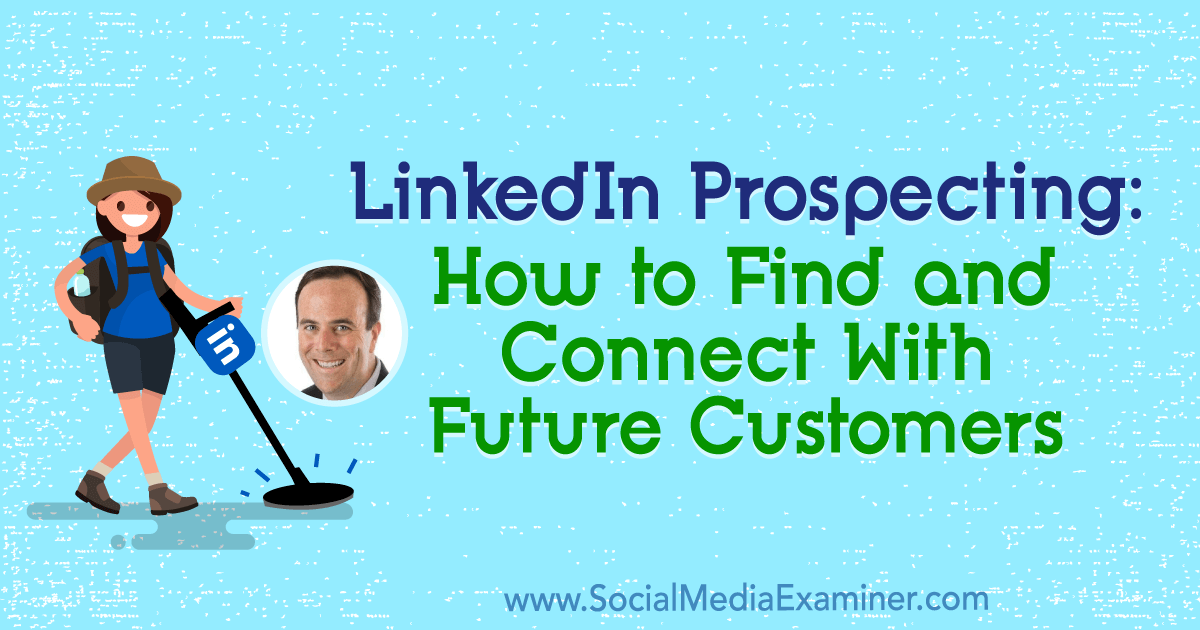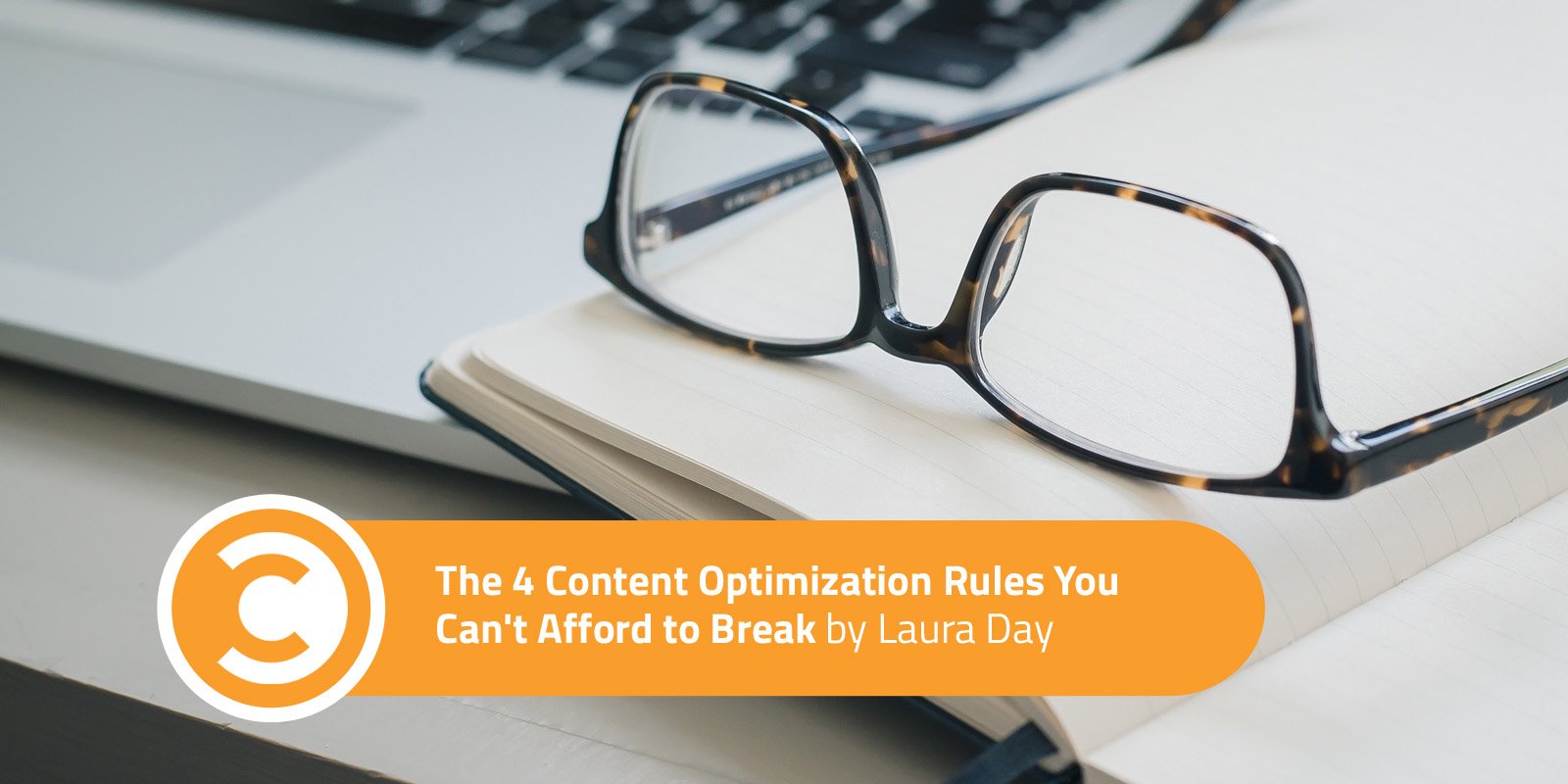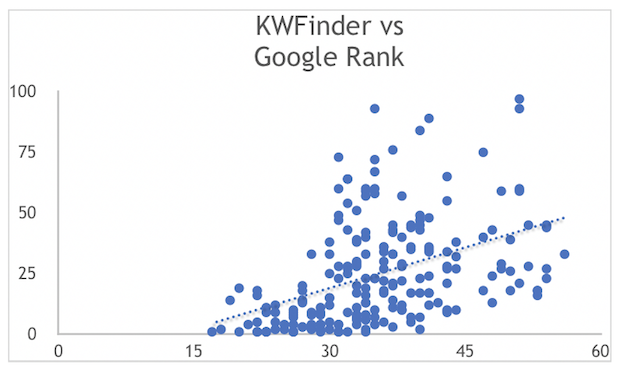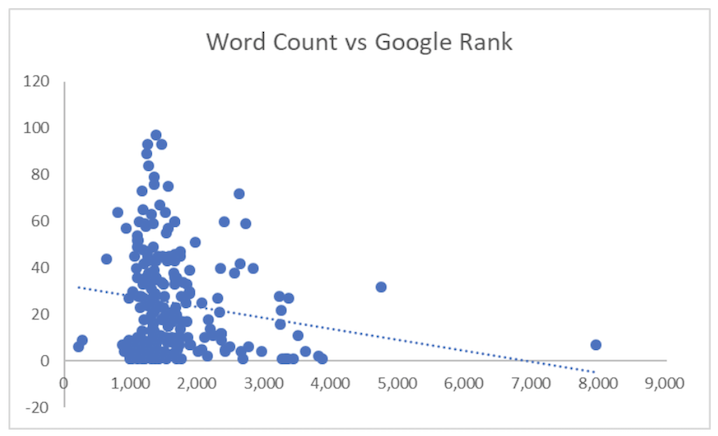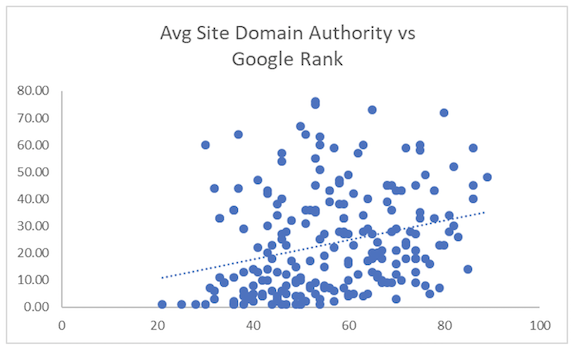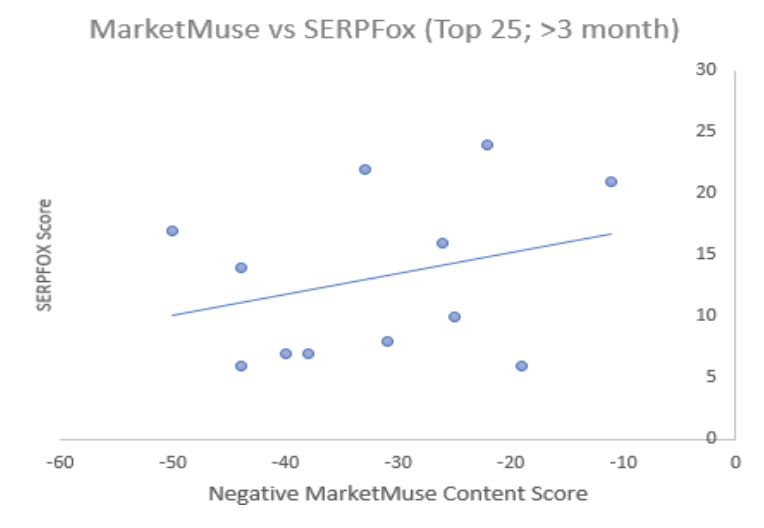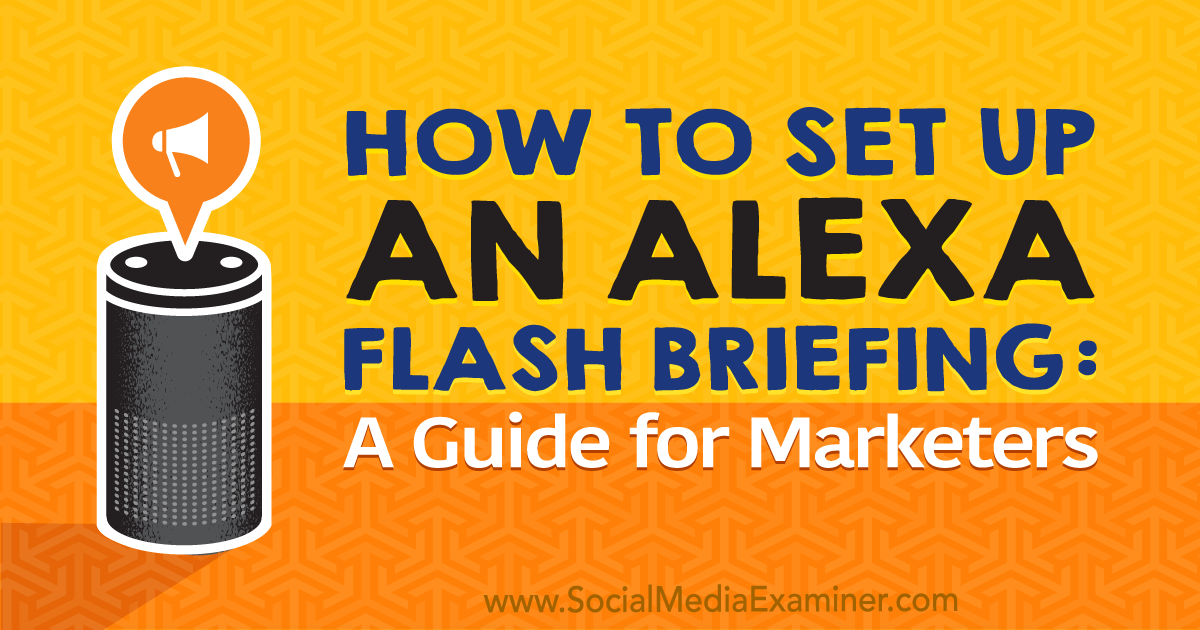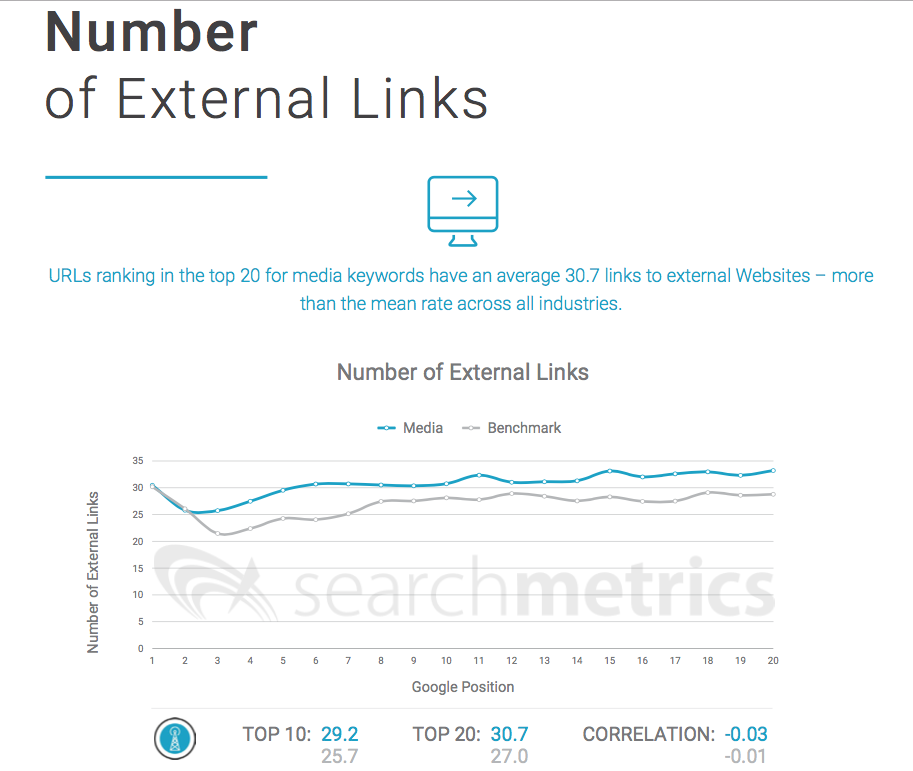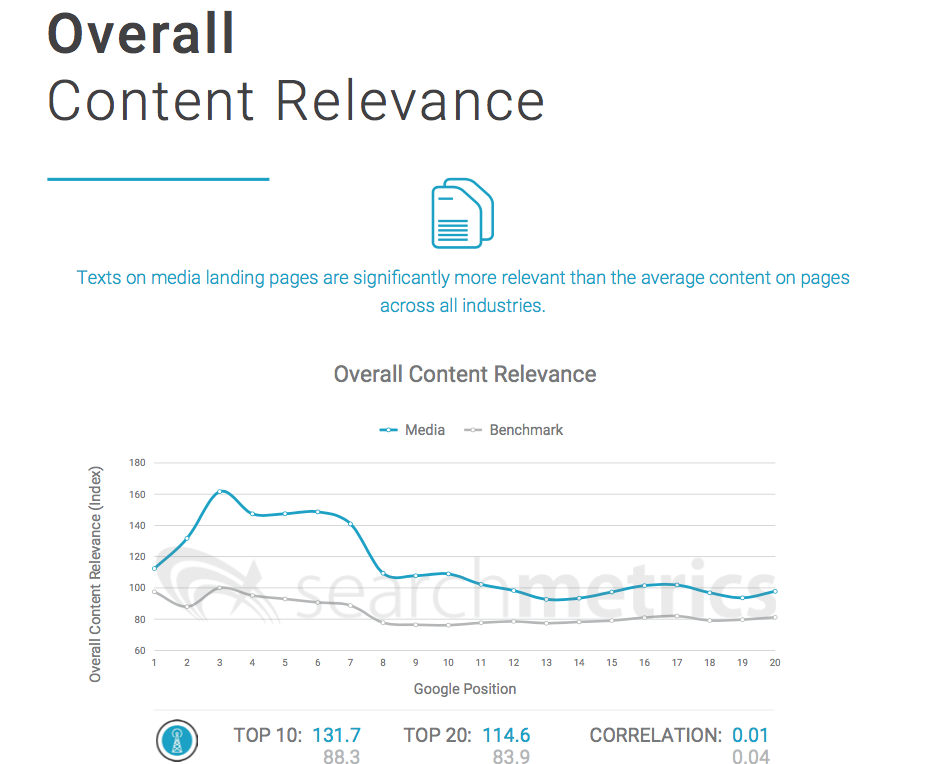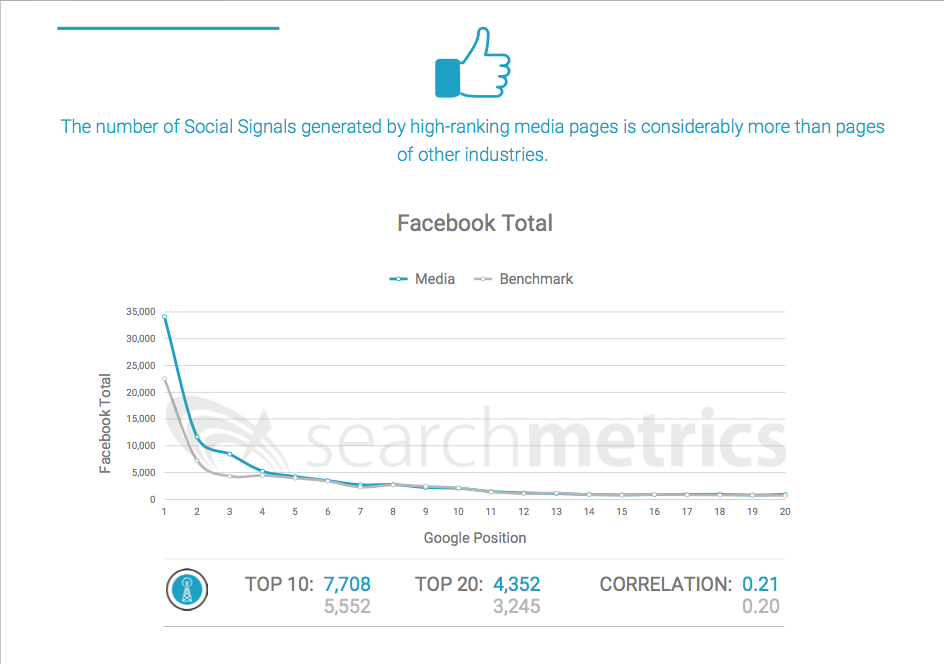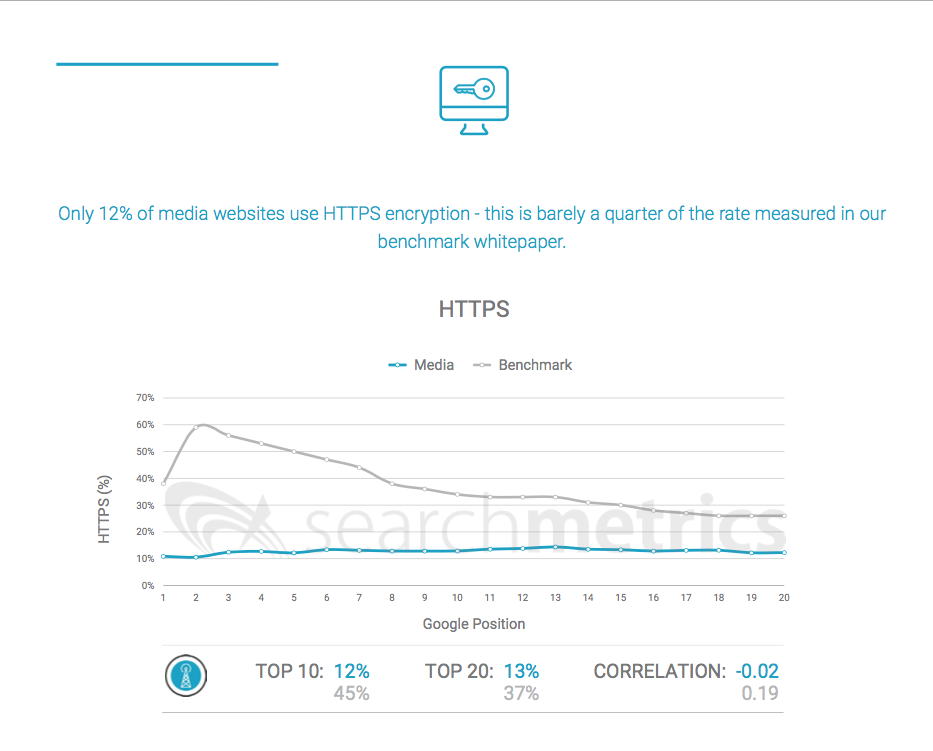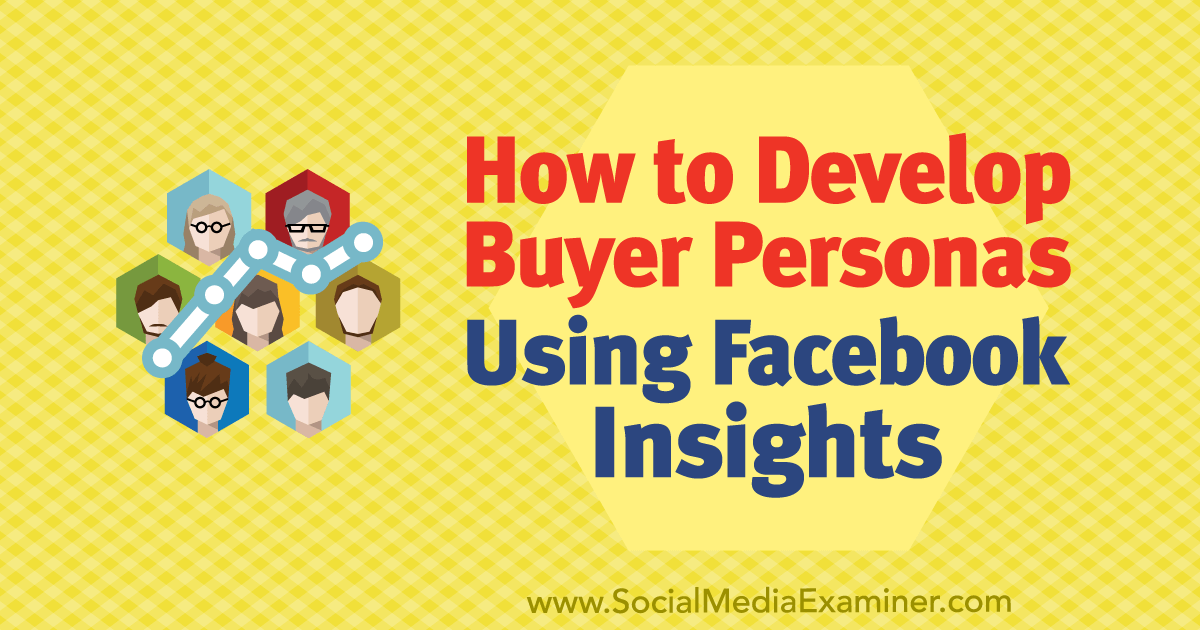Posted by efgreg
We all work hard building our businesses.
We put in the sweat equity and all the tears that can come with it to build something truly great. After another day hustling at the office or typing furiously on your keyboard, you might be wondering… what is the end game here?
What are you really going for? Is there a glowing neon sign with the word “Exit” marking the path to your ultimate goal?
For the majority of businesses, the end goal is to eventually sell that business to another entrepreneur who wants to take the reins and simply enjoy the profits from the sale. Alas, most of us don’t even know what our business is worth, much less how to go about selling it — or if it's even sellable to begin with.
That's where Empire Flippers comes in. We've been brokering deals for years in the online business space, serving a quiet but hungry group of investors who are looking to acquire digital assets. The demand for profitable digital assets has been growing so much that our brokerage was able to get on the Inc. 5000 list two years in a row, both times under the 500 mark.
We can say with confidence that, yes, there is indeed an exit for your business.
By the end of this article you're going to know more about how online businesses are valued, what buyers are looking for, and how you can get the absolute top dollar for your content website, software as a service (SaaS), or e-commerce store.
(You might have noticed I didn’t include the word “agency” in the last paragraph. Digital agencies are incredibly hard to sell; to do so, you need to have streamlined your process as much as possible. Even though having clients is great, other digital assets are far easier to sell.)
If you’ve built a digital asset you’re looking to exit from, the first question you likely have is, “This sounds fantastic, but how do I go about putting an actual price tag on what I’ve created?”
We’ll dive into those answers below, but first let’s talk about why you're already in a great position just by being a reader of the Moz Blog.
Why is SEO the most valuable traffic for a digital asset?

SEO is by far the most attractive traffic source for people looking at purchasing online businesses.
The beauty of SEO is that once you’ve put in the work to achieve the rankings, they can maintain and bring in traffic for sometimes months without significant upkeep. That's in stark contrast with pay-per-click (PPC) campaigns, such as Facebook ads, which require daily monitoring to make sure nothing strange is happening with your conversions or that you’re not overspending.
For someone who has no experience with traffic generation but wants to purchase a profitable online business, an SEO-fueled website just makes sense. They can earn while they learn. When they purchase the asset (typically a content website for people just starting out), they can play around with adding new high-quality pieces of content and learn about more complicated SEO techniques down the road.
Even someone who is a master at paid traffic loves SEO. They might buy an e-commerce store that has some real potential with Facebook ads that's currently driving the majority of its traffic through SEO, and treat the SEO as gravy on top of the paid traffic they plan to drive toward that e-commerce store.
Whether the buyer is a newbie or a veteran, SEO as a traffic method has one of the widest appeals of any other traffic strategy. While SEO itself does not increase the value of the business in most cases, it does attract more buyers than other forms of traffic.
Now, let’s get down to what your business is worth.
How are online businesses actually valued?
How businesses are valued is such a common question we get at our brokerage that we created an automated valuation tool that gives a free estimate of your business’s value, which our audience uses with all of their different projects.
At the heart of any valuation is a fairly basic formula:

You look at your rolling 12-month net profit average and then times that by a multiple. Typically, a multiple will range between 20–50x of the 12-month average net profit for healthy, profitable online businesses. As you get closer to 50x you have to be able to show your business is growing in a BIG way month over month and that your business is truly defensible (something we’ll talk about later in this article).
You might see some brokers using a 2x or 3x EBITDA, which stands for earnings before interest, tax, depreciation, and amortization.
When you see this formula, they’re using an annual multiple, whereas at Empire Flippers we use a monthly multiple. There's really not much of a difference between the two formulas; it mainly depends on your preference, but if you’re brand new to buying and selling online businesses, then it's helpful to know how different brokers price businesses.
We prefer the monthly multiple since it shows a more granular picture of the business and where it's trending.
Just like you can influence Google SERPs with SEO knowledge, so can you manipulate this formula to give you a better valuation as long as you know what you’re looking at.
How to move the multiple needle in your favor
There are various things you can do to get a higher multiple. A lot of it comes down to just common sense and really putting yourself in the buyer’s shoes.
A useful thing to ask: “Would I ever buy my business? Why? Why not?”
This exercise can lead you to change a lot of things about your business for the better.
The two areas that most affect the multiple come down to your actual average net profit and how long the business has been around making money.
Average net profit
The higher your average net profit, the higher your multiple will tend to be because it's a bigger cash-flowing asset. It makes sense then to look at various ways you can increase that net profit and decrease your total amount of expenses.
Every digital asset is a little different in where their expenses are coming from. For content sites, content creation costs are typically the lion’s share of expenses. As you approach the time of sale, you might want to scale back your content. In other cases, you may want to move to an agency solution where you can scale or minimize your content expenses at will rather than having in-house writers on the payroll.
There are also expenses that you might be applying to the business but aren’t really “needed” in operating the business, known as add-backs.
Add-backs
Add-backs are where you add certain expenses BACK into the net profit. These are items that you might’ve charged on the business account but aren’t really relevant to running the business.
These could be drinks, meals, or vacations put on the business account, and sometimes even business conferences. For example, going to a conference about email marketing might not be considered a “required” expense to running a health content site, whereas going to a sourcing conference like the Canton Fair would be a harder add-back to justify when it comes to running an e-commerce store.
Other things, such as SEO tools you’re using on a monthly basis, can likely be added back to the business. Most people won’t need them constantly to run and grow their business. They might subscribe for a month, get all the keyword data they need for a while, cancel, and then come back when they’re ready to do more keyword research.
Most of your expenses won’t be add-backs, but it is good to keep these in mind as they can definitely increase the ultimate sales price of your business.
When not to cut expenses
While there's usually a lot of fat you can cut from your business, you need to be reasonable about it. Cutting some things might improve your overall net profit, but vastly decrease the attractability of your business.
One common thing we see in the e-commerce space is solopreneurs starting to package and ship all of the items themselves to their customers. The thinking goes that they’re saving money by doing it themselves. While this may be true, it's not an attractive solution to a potential buyer.
It's far more attractive to spend money on a third-party solution that can store and ship the product for you as orders come in. After all, many buyers are busy traveling the world while having an online business. Forcing them to settle down just so they can ship products versus hanging out on the beaches of Bali for a few months during winter is a tough ask.
When selling a business, you don’t want to worry only about expenses, but also how easy it is to plug into and start running that business for a buyer.
Even if the systems you create to do that add extra expenses, like using a third party to handle fulfillment, they’re often more than worth keeping around because they make the business look more attractive to buyers.
Length of history
The more history you can show, the more attractive your business will be, as long as it's holding at a steady profit level or showing an upward trend.
The more your business is trending upward, the higher multiple you're going to get.
While you can’t do much in terms of lengthening the business’s history, you can prepare yourself for the eventual sale by investing in needed items early on in your business. For example, if you know your website needs a big makeover and you’re 24 months out from selling, it's better to do that big website redesign now instead of during the 12-month average your business will be priced on.
Showing year-over-year growth is also beneficial in getting a better multiple, because it shows your business can weather growing pains. This ability to weather business challenges is especially true in a business whose primary traffic is Google-organic. It shows that the site has done quality SEO by surviving several big updates over the course of a few years.
On the flipside, a trending downward business is going to get a much worse multiple, likely in the 12–18x range. A business in decline can still be sold, though. There are specific buyers that only want distressed assets because they can get them at deep discounts and often have the skill sets needed to fix the site.
You just have to be willing to take a lower sales price due to the decline, and since a buyer pool on distressed assets is smaller, you’ll likely have a longer sales cycle before you find someone willing to acquire the asset.
Other factors that lead to a higher multiple
While profit and length of history are the two main factors, there are a bunch of smaller factors that can add up to a significant increase in your multiple and ultimate valuation price.
You’ll have a fair amount of control with a lot of these, so they’re worth maximizing as much as possible in the 12–24 month window where you are preparing your online business for sale.
1. Minimize critical points of failure
Critical points of failure are anything in your business that has the power to be a total deal breaker. It's not rare to sell a business that has one or two critical points, but even so you want to try to minimize this as much as possible.
An example of a critical point of failure could be where all of your website traffic is purely Google-organic. If the site gets penalized by a Google algorithm update, it could kill all of your traffic and revenue overnight.
Likewise, if you’re an Amazon affiliate and Amazon suddenly changes their Terms of Service, you could get banned for reasons you don’t understand or even have time to react to, ending up with a highly trafficked site that makes zero money.
In the e-commerce space, we see situations where the entrepreneur only has one supplier that can make their product. What happens if that supplier wants to jack up the prices or suddenly goes out of business completely?
It's worth your while to diversify your traffic sources, have multiple monetization strategies for a content site, or investigate having backup or even competing suppliers for your e-commerce products.
Every business has some kind of weakness; your job is to minimize those weaknesses as much as possible to get the most value out of your business from a potential buyer.
2. High amounts of traffic
Higher traffic tends to correlate with higher revenue, which ultimately should increase your net profit. That all goes without saying; however, high traffic also can be an added bonus to your multiple on top of helping create a solid net profit.
Many buyers look for businesses they can optimize to the extreme at every point of the marketing funnel. When you have a high amount of traffic, you give them a lot of room to play with different conversion rate optimization factors like increasing email options, creating or crafting a better abandoned cart sequence, and changing the various calls to action on the site.
While many sellers might be fantastic at driving traffic, they might not exactly be the biggest pro at copywriting or CRO in general; this is where a big opportunity lies for the right buyer who might be able to increase conversions with their own copywriting or CRO skill.
3. Email subscribers
It's almost a cliche in the Internet marketing space to say “the money is in the list.” Email has often been one of the biggest drivers of revenue for companies, but there's a weird paradigm we’ve discovered after selling hundreds of online businesses.
Telling someone they should use an email list is pretty similar to telling someone to go to the gym: they agree it’s useful and they should do it, but often they do nothing about it. Then there are those who do build an email list because they understand its power, but then never do anything useful with it.
This results in email lists being a hit-or-miss on whether they actually add any value to your business’s final valuation.
If you can prove the email list is adding value to your business, then your email list CAN improve your overall multiple. If you use good email automation sequences to up-sell your traffic and routinely email the list with new offers and pieces of high-quality content, then your email list has real value associated with it, which will reflect on your final valuation.
4. Social media following
Social media has become more and more important as time goes on, but it can also be an incredibly fickle beast.
It's best to think of your social media following as a “soft” email list. The reach of your social media following compared to your email list will tend to be lower, especially as social organic reach keeps declining on bigger social platforms like Facebook. In addition, you don’t own the platform that following is built off of, meaning it can be taken away from you anytime for reasons outside of your control.
Plus, it's just too easy to fake followers and likes.
However, if you can wade through all that and prove that your social following and social media promotion are driving real traffic and sales to your business, it will definitely help in increasing your multiple.
5. How many product offerings you have
Earning everything from a single product is somewhat risky.
What happens if that product goes out of style? Or gets discontinued?
Whether you’re running an e-commerce store or a content site monetizing through affiliate links, you want to have several different product offerings.
When you have several products earning good money through your website, then a buyer will find the business ultimately more attractive and value it more because you won’t be hurt in a big way if one of the “flavors of the month” disappears on you.
6. Hours required
Remember, the majority of buyers are not looking at acquiring a job. They want a leveraged cash-flowing investment they can ideally scale up.
While there's nothing wrong with working 40–50+ hours per week on a business that is really special, it will narrow your overall buyer pool and make the business less attractive. The truth is, most of the digital assets we’re creating don’t really require this amount of work from the owner.
What we typically see is that there are a lot of areas for improvement that the seller can use to minimize their weekly hour allotment to the business. We recommend that everyone looking to sell their business first consider how they can minimize their actual involvement.
The three most effective ways to cut down on your time spent are:
- Systemization: Automating as much of your business as possible
- Developing a team: The biggest wins we see here tend to be in content creation, customer service, general operations, and hiring a marketing agency to do the majority of the heavy lifting for you. While these add costs that drive down the average net profit, they also make your business far more attractive.
- Creating standard operating procedures (SOPs): SOPs should outline the entire process of a specific function of the business and should be good enough that if you handed them off to someone, they could do the job 80 percent as well as you.
You should always be in a position where you’re working ON your business and not IN.
7. Dig a deeper moat
At Empire Flippers, we’re always asking people if they built a deep enough moat around their business. A deep moat means your business is harder to copy. A copycat can’t just go buy a domain and some hosting and copy your business in an afternoon.
A drop-shipping store that can be copied in a single day is not going to be nearly as attractive as one that has built up a real following and a community around their brand, even if they sell the same products.
This fact becomes more and more important as your business valuation goes into the multiple six-figure and seven-figure valuation ranges because buyers are looking to buy a real brand at this point, not just a niche site.
Here are a few actions you can take to deepen this moat:
- Niche down and own the market with your brand (a woodworking website might focus specifically on benches, for example, where you’re hiring expert artisans to write content on the subject).
- Source your products and make them unique, rather than another “me too” product.
- Negotiate special terms with your affiliate managers or suppliers. If you’ve been sending profitable traffic to an affiliate offer, often you can just email the affiliate manager asking for a pay bump and they’ll gladly give it. Likewise, if you’re doing good business for a drop-shipping supplier, they might be open to doing an exclusivity agreement with you. Make sure all of these special terms are transferable to the buyer, though.
The harder it is to copy what you’ve built, the higher the multiple you’ll get.
But why would you EVER sell your online business in the first place?
You’re now well-equipped with knowledge on how to increase your business’s ultimate value, but why would you actually sell it?
The reasons are vast and numerous — too many to list in this post. However, there are a few common reasons you might resonate with.
Here are a few business reasons why people sell their businesses:
- Starting a new business or wanting to focus on other current projects
- Seeking to use the capital to leverage themselves into a more competitive (and lucrative) space
- Having lost any interest in running the business and want to sell the asset off before it starts reflecting their lack of interest through declining revenue
- Wanting to cash out of the business to invest in offline investments like real estate, stocks, bonds, etc.
Just as there are a ton of business reasons to sell, there are also a ton of personal reasons why people sell their business:
- Getting a divorce
- Purchasing a home for their family (selling one digital asset can be a hefty down payment for a home, or even cover the entirety of the home)
- Having medical issues
- Other reasons: We had one seller on our marketplace whose reason for selling his business was to get enough money to adopt a child.
When you can collect 20–50 months of your net profit upfront, you can do a lot of things that just weren’t options before.
When you have a multiple six-figure or even seven-figure war chest, you can often outspend the competition, invest in infrastructure and teams you couldn’t before, and in general jumpstart your next project or business idea far faster without ever having to worry about if a Google update is going tank your earnings or some other unforeseen market change.
That begs the question...
When should you sell?
Honestly, it depends.
The answer to this question is more of an art than a science.
As a rule of thumb, you should ask yourself if you’re excited by the kind of money you’ll get from the successful sale of your online business.
You can use our valuation tool to get a ballpark estimate or do some back-of-the-napkin math of what you’re likely to receive for the business using the basic multiple formula I outlined. I prefer to always be on the conservative side with my estimations, so your napkin math might be taking your 12-month average net profit with a multiple of 25x.
Does that number raise your eyebrows? Is it even interesting?
If it is, then you might want to start asking yourself if you really are ready to part with your business to focus on other things. Remember, you should always set a MINIMUM sales price that you’d be willing to walk away from the business with, something that would still make you happy if you went through with it.
Most of us Internet marketers are always working on multiple projects at once. Sadly, some projects just don’t get the love they deserve or used to get from us.
Instead of letting those projects just die off in the background, consider selling your online business instead to a very hungry market of investors starting to flood our digital realm.
Selling a business, even if it's a side project that you’re winding down, is always going to be an intimate process. When you're ready to pull the trigger, we’ll be there to help you every step of the way.
Have you thought about selling your online business, or gone through a sale in the past? Let us know your advice, questions, or anecdotes in the comments.
Sign up for The Moz Top 10, a semimonthly mailer updating you on the top ten hottest pieces of SEO news, tips, and rad links uncovered by the Moz team. Think of it as your exclusive digest of stuff you don't have time to hunt down but want to read!
https://ift.tt/2Gi5Fvm

